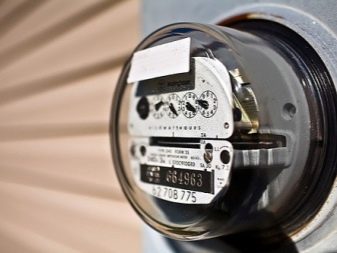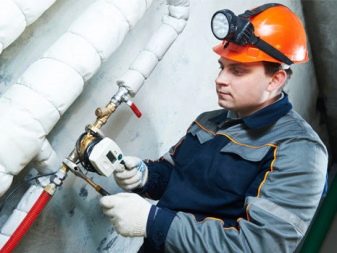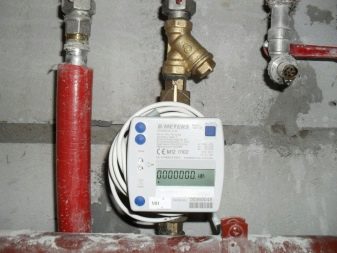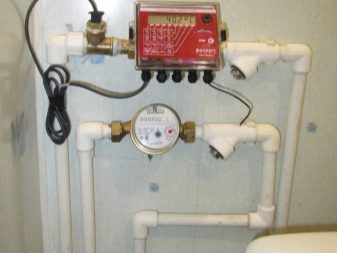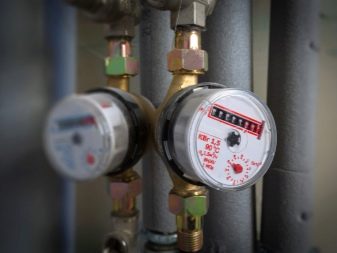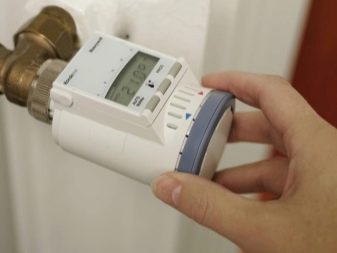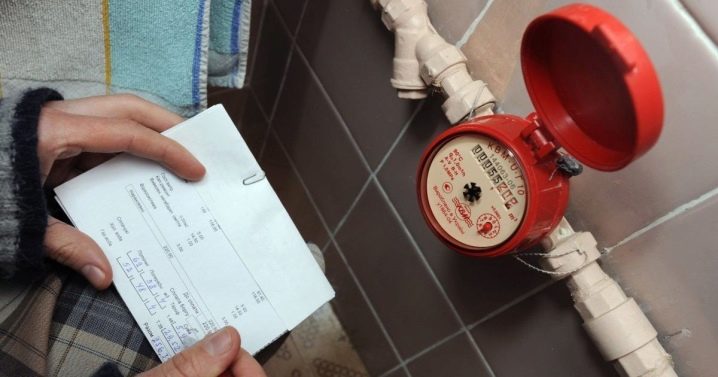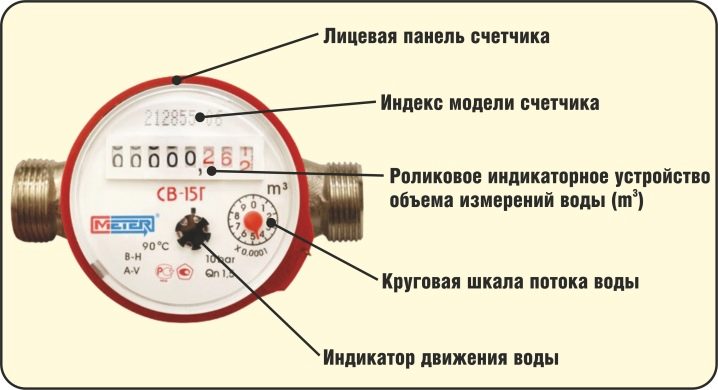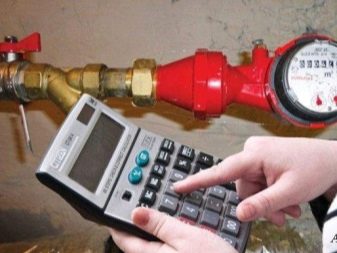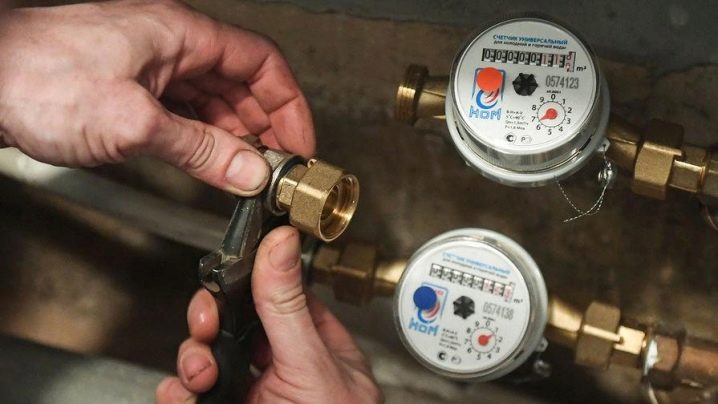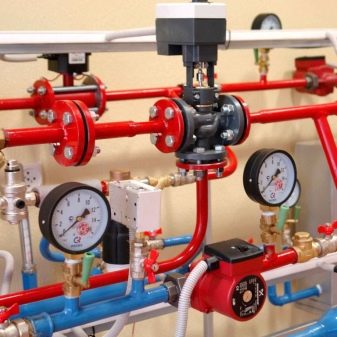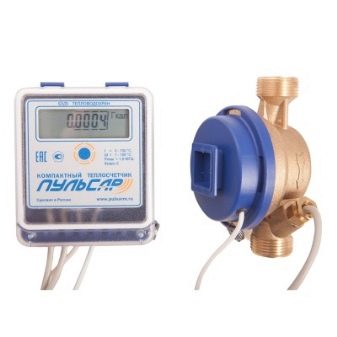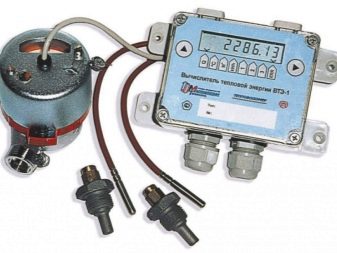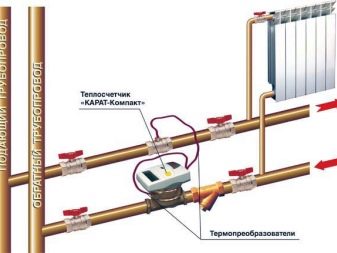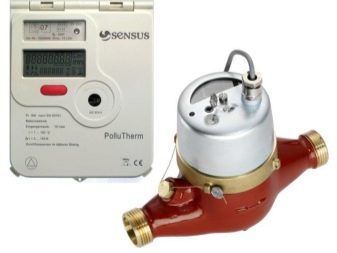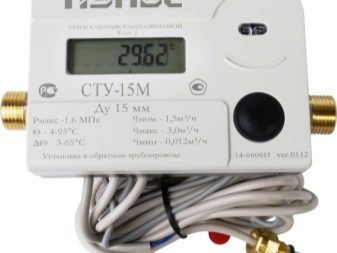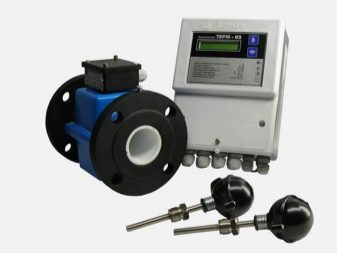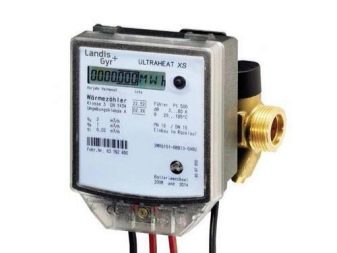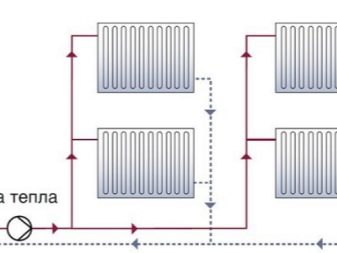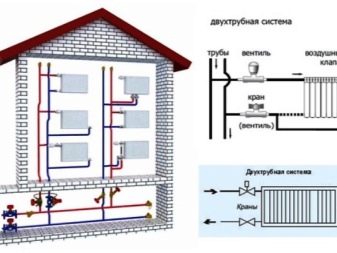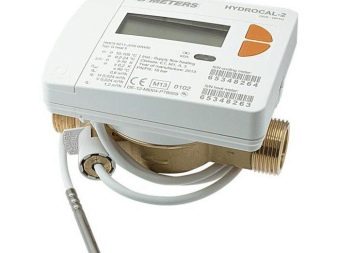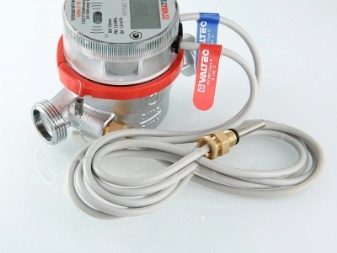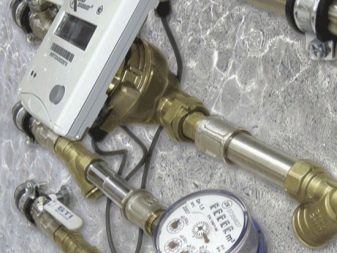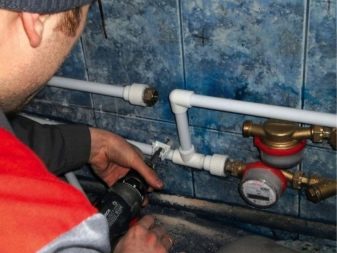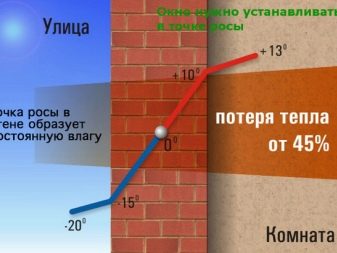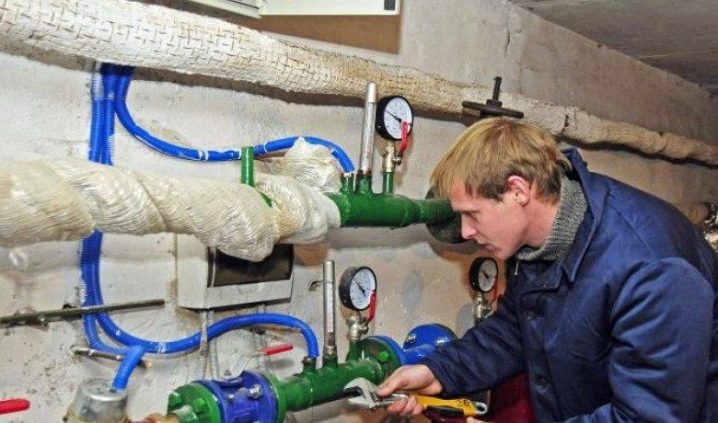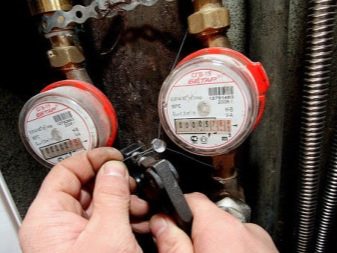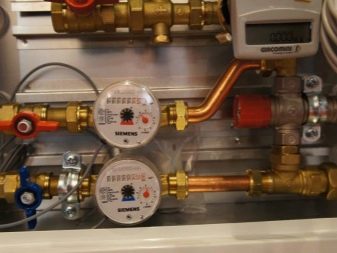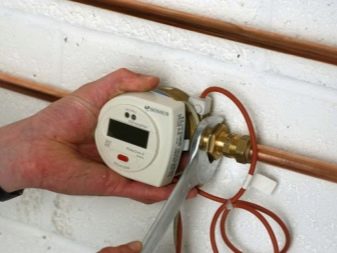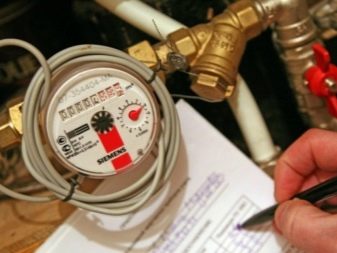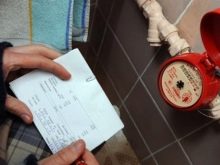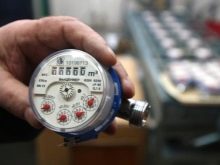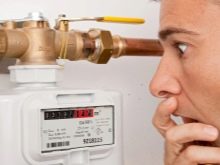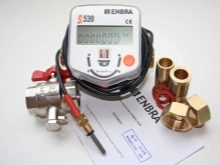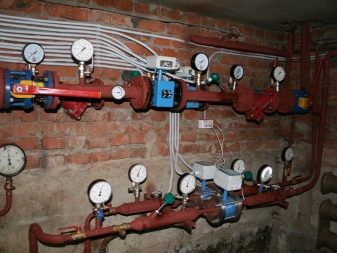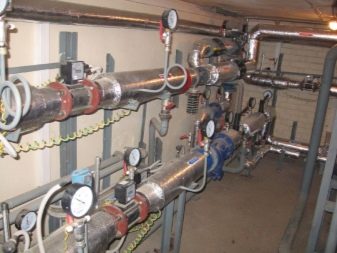How to choose and install a meter for heating?
Today, most residents of typical high-rise buildings are horrified to receive receipts for utilities, especially in winter. And without that a large amount rises to unprecedented heights due to the payment of heating. The peculiarity is that this indicator is calculated by utilities for standards and requirements, and not for actual use. In order to resist the injustice, it is necessary to put meters on the heat pipes.
Special features
When the meters are installed in the apartment for heating, the amount to be paid starts to be calculated on the basis of actual data. They have to be removed from the device in accordance with existing tariffs. Thus, the property owner will only pay for the services actually performed without “premiums” on the part of utilities.In addition, it will be possible to change the temperature in the rooms, automatically or manually. It will be possible to quickly turn off excessive heating when warm days come, or to reduce it in the buildings that were originally warmed. Leaving the house, it is necessary to reduce the degrees and thus the amount of heat consumed - as a result, the receipt for payment at the end of the month will be much less. Reducing the temperature in the room to 1 degree saves more than 6% of thermal energy.
Counters for heating are collected from a combination of several devices that are separately defined and approved for different places of operation. Most of the package includes sensors, transducers acting on resistance, pressure and flow, as well as meters of the amount of heat expended.
The activity of the counter is constructed so that the calculation of the amount of heat energy spent is based on the information transmitted by the meters. Usually, the volume of flowing water is measured, as well as the difference between the inlet and outlet temperatures. Then these two quantities are multiplied and the amount of heat spent is obtained.All data is sent to the calculator, it processes the numbers and stores. You can view information for a specific period and remove it at any time.
Of course, the heat meter may have some kind of error, which is collected from the errors of its individual parts: thermal sensors, flow meter and calculator. In apartment copies, the error usually ranges from 6 to 10%.
The indicator is able to increase due to several reasons.
- The amplitude of the incoming and outgoing water temperature becomes less than 30 degrees.
- During installation, the manufacturer’s requirements are violated. For example, this may occur if the counter is installed by an unlicensed company.
- The composition of the pipes does not meet the norm. This is complemented by hard water with mechanical impurities.
- Waste water is set below the norm, which is observed in the technical specifications.
The meter readings are carried out in several ways.
- If there is a liquid crystal display, the button scrolls through the menu sections, and the indicators are visually fixed.
- The ORTO transmitter allows you to display information on a computer and then print it out on a printer.
- The M-Bus module, which is part of the centralized data collection network, delivers information to the hub that generates the report. The obtained data can also be viewed on a computer screen.
- The radio module transports information wirelessly to a length of up to hundreds of meters. Certificates are accepted and delivered to the HOA.
All information is stored in the database, including work time / idle time, temperature and error codes. Archiving mode can be hourly, daily and annual. Some data can only be obtained when operating a computer and a special program. Modern technologies are also used to “deliver” data - the most convenient way to do this is via the Internet. This requires a personal computer connected to the Internet, and the address of the website of the controlling organization, as well as the login and password of the personal account, after which you enter the form to enter the readings.
Technical limitations
By law, apartment owners are required to install meters for water, electricity and gas. If there is such an opportunity, then the heating is added to the list. The main technical limitation is the improper wiring system, that is, vertical, typical of buildings built in the last century.In other words, the timing of the existence of a home is critical. The vertical wiring system implies that several risers pass through the apartment, and each one needs a personal counter. In new buildings, such problems usually do not arise, since during construction a horizontal wiring system is installed. The heat meter, as a rule, is mounted on a riser, although in Europe there are also mechanisms installed on batteries.
It is worth adding that in the legislation there is a clause capable of complicating the installation of an individual device. He says that if in the house not all owners have installed apartment meters, the Homeowners Association has the right to demand an amount based on the testimony of a general-purpose meter in terms of the area of individual apartments. That is, the testimony of an individual device will be taken into account only if all other residential and other heated premises are equipped with the same devices, and in addition there is a common home metering station. Therefore, in some cases, the issue must be addressed collectively.
Kinds
Depending on the scope of application, it is possible to talk about general heat meters (also called industrial) and allocate apartment heat meters (they are also individual).According to the principle of operation of the device, it is customary to distinguish mechanical and ultrasonic.
The room heat meter has medium-sized channel diameters, approximately 20 millimeters. It is mounted in separate apartments or private houses. Its range of estimates of the amount of heat varies from 0.6 to 2.5 cubic meters per hour. Turbine, vortex, or electromagnetic measurements are used to determine heat consumption. Typically, heat is “created” when a fluid is heated to a designated state.
This type of heat meters is made up of a heat meter and a hot water consumption meter. It functions in a certain way: a heat meter is placed on the water meter, from which two wires run. Each of them is equipped with a temperature sensor. The first connects to the incoming pipeline, and the second - from the room. A hot water meter records the volume that was used to heat a living space. As a result, according to the existing method, the heat meter reveals how much heat was spent.
Industrial heat meters are purchased and used in apartment buildings and in various industrial plants. The general house mechanism differs from the apartment one mainly in size.The diameter of the first varies from 25 to 300 millimeters. The range of heat assessment is 0.6-2.5 m3 per hour. Electromagnetic, turbine and vortex methods are also used for recording.
Mechanical meters (also called tachometers) are considered simple units, consisting of a heat meter and a rotary water meter. The working body is a screw, rotating under the action of the coolant, that is, water. In another way, this screw is called the impeller or turbine. The amount of heat is calculated by the number of rotations, that is, the working body controls the flow meter. The device is quite cheap, but requires additional purchase of filters. And also it is necessary to take into account that the diameter of the pipeline cannot exceed 32 millimeters. Among the shortcomings of mechanical meters are the fact that they cannot be used with hard water, spoiled rust, debris or scale.
Ultrasonic meters are available for sale with an extensive model range, but they all operate according to the same scheme. Two mechanisms must be installed on the pipe: an emitter and a receiver of ultrasonic signals.The first will forward the signal through the water flow, and the second will receive it. By the time interval it will be possible to calculate the coolant flow. It can be said that the ultrasound version functions according to the locator principle. This variety works up to 10 years, is less sensitive to water quality and provides more detailed indicators. It is worth mentioning that the correctness of the numbers will vary from the presence of pollution and air bubbles in the water. Such a counter is more expensive than a mechanical one, but the product quality justifies the price.
Electromagnetic counters work due to the fact that in the process of moving a liquid through a magnetic field, an electric current appears. Such devices are highly stable, but inaccuracies are possible due to impurities in the water or poor installation. This explains why electromagnetic counters are mounted only by professionals.
The vortex counter analyzes the turbulence of the flow occurring behind an obstacle in the path of the coolant. Such equipment is installed on both horizontal and vertical pipelines.Mechanical and ultrasonic devices, on the contrary, can be attached exclusively to the horizontal channel. However, vortex counters have a very significant drawback - the measurement accuracy is interconnected with the diameter of the channel for the circulation of the coolant. That is, you have to look for a specific model of the meter according to the diameter of the pipeline. When buying a vortex counter, it is imperative to purchase a filter that will cope with the deposits in the pipe. And it is also necessary to carry out high quality welding work, preventing air bubbles from appearing in the system.
In many domestic buildings there is a vertical wiring of heating, in which it is impossible to confine one counter. In this situation, the device has to be mounted on the battery, which is not always profitable and even possible. Firstly, it is too expensive, and secondly, it is quite difficult to take indicators and maintain instruments. Thirdly, the radiator counter demonstrates poor accuracy due to a small difference in the input and output.
The solution may be the purchase of a special distributor.It measures energy consumption based on the temperature difference on the surface of the radiator and the air in the room. The device is sold at an adequate price.
In addition, it is worth recalling that in high-rise buildings that were already built in the 21st century, there is usually horizontal wiring for heating. In a typical apartment can be limited to a single central meter, which is able to serve all the batteries.
Subtleties of choice
The choice of meter depends mainly on the money that the buyer is willing to spend, and on the purposes for which the equipment is purchased. There are two methods for measuring heat consumption: tachometric and ultrasonic. Ultrasound model more accurately writes off indicators, it works longer and is generally more reliable. The tachometer model costs less, but it also shows the worst characteristics.
The price of the meter is about 9 thousand rubles. However, it is impossible to independently install the equipment, so you need to take into account the costs of services of a specialized company. When choosing a company, you should consider several important factors: is there a possibility to invite a specialist for free,who will examine the communications and suggest the best layout of the unit, whether all the necessary installation work is done, whether the required documents and certificates are available, whether the qualifications of the staff meet the buyer's requests. In addition, it is important to have a guarantee, benefits, the possibility of payment in parts and service.
In an apartment building, the selection of the meter is carried out on the general assembly. It hosts a discussion about all the nuances and details, and also determines the model for the purchase.
Installation
According to experts, it is best to install a house-wide meter capable of serving all apartments and thereby saving money for all tenants. Although the cost of such a device is quite high, dividing it by the number of apartments, you can get quite a reasonable amount. In order to establish a common house arrangement, first of all it is necessary to organize a discussion of the residents, deal with the necessary documents and send an application to the management company regarding the unit. After the installation events, it will be necessary to name one of the neighbors, who will regularly remove the data and write out bills for each apartment.
In the case when not all owners are ready for such an event, owners of interested dwellings are recommended to install individual meters. At the initial stage, the causes of heat loss are eliminated. Among them are isolated gaps in the window openings, poorly insulated doors, freezing corners and other shortcomings. At the next stage, the HOA transfers the requirements to the landlord, which will need to be implemented in order to issue a heat meter. For example, you will have to figure out the pressure and degrees of the fluid heading into the pipeline. At the third stage, a meter is purchased at a company that is able to provide a document guaranteeing quality and operating instructions. At the next stage, the creation of a project in the company involved is ordered. Finally, at the fifth stage, representatives of this structure set the counter. At the end of all activities, the representative of the HOA seals the meter and signs the instrument acceptance report.
It is necessary to clarify that the instruction usually indicates both the installation scheme, and the procedure for calculating payments, and other important parameters.Thus, guided by the instructions, you can determine the correct layout of the node. The device is mounted exclusively in accordance with the project.
The simplest and most convenient solution will be to install the invoice device - there is no need to cut pipes and, therefore, to look for a specialist. The counter is simply fixed on top. However, when buying a mechanical meter, you will have to be prepared for the situation to require closing the risers, draining the water and dismantling a part of the pipe. The same applies to ultrasonic products that cut into the pipeline.
Check
As a rule, the device is sold with a primary check. It is carried out at the factory, which produces the device, and is confirmed by a special sticker-stamp. A registration certificate is also created, in which the results of the inspection and the date of the inspection are recorded. During use, the meter has to be checked once in 4 years. The inspection is carried out either by a specialized company or by Rostest's territorial office. For the latter, this organization provides the most accurate assessment of the state of the counter. In addition, the institution has the right to check any measuring device.A certified non-governmental organization must coordinate its activities with an energy company, and therefore personal contacts may influence its findings. In addition, the plant on which the meter was manufactured can also carry out the verification. This service is part of the service, and its disadvantage is that not every manufacturer will be ready to confirm the marriage of its own products.
The owner of the meter will have to take on their own indicators - this is done in the same way as with a conventional electric meter. The receipt further indicates the difference in readings, which is multiplied by the existing tariff. The payment is sent to the heating organization.
The rules for checking the meters are controlled by regulations, which eliminates the possibility of unprofessional decision-making on the accuracy of the measurements. Thus, we can conclude that only specialists with the necessary knowledge can verify.
The check consists of the following steps: disassembling the meter, calibrating the flow meter, installing the meter in place and handing over the instrument to the company supplying heat.In addition, this also applies to the issuance of the state certificate, which confirms the efficiency of the device. In general, this service will cost from 20 to 50 thousand rubles, depending on the model of the device.
We can say that the meter does not need special care. The only thing worth remembering is that the battery and the batteries responsible for powering the device are unsuitable for repeated use. When they break down or start to function worse, they need to be disposed of in an environmentally friendly manner.
If a problem arises, the owner of the meter must, within 24 hours, report the incident to the company that is responsible for the service and the organization that provides heat. A designated employee arrives, an act is created with him, which is sent to the HOA, and which contains information about the heat actually consumed. Then the service company will be engaged in repair, and for the period of “idle time” a replacement device can offer.
Tips and tricks
According to reviews, it is very profitable to use meters for heating - this procedure allows reducing utility bills for heating to almost 60%.
- It is recommended to choose models that have an autonomous power source. In this case, the work will not be interrupted if the electricity is turned off.
- There are some conditions under which it will be less effective to give preference to a common-house meter than installing individual devices in separate apartments. For example, if the staircase is not sufficiently insulated, then the general house heat loss will be too high. In addition, if there are batteries on the landings, then you will have to pay for their operation.
- If the supplier of heat services does not comply with the temperature indicated in the contract, then by law he will return the paid money to the residents.
- If you count the results of using the common house and individual meters, you will find that it will be much more profitable to install your own meter in the apartment. Despite the costly installation, the owner gets better results - he will give less for heat than he could in the first case.
- Payment for heat energy in a typical apartment is calculated using a specific mechanism based on data obtained from the distributors.These devices will have to record the temperature and temperature differences throughout the month.
- Ultrasonic and mechanical products require the provision of a special area for measuring certain sizes. This means that before and after the device should install a straight tube without turns and bends. The size of this fragment for mechanical devices must be at least three diameters of the pipe at the stage “before” and one - “after”. As for ultrasound, it requires five diameters "before" and three - "after."
- It is also possible to place an individual meter on the return pipeline, in case the temperature sensors are correctly positioned. The latter are placed in a tee or a special tap, which is equipped with a separate pipe.
- The computing module of the meter allows you to calculate how much heat was spent over a certain time interval — an hour, a day, or a month. These figures are accumulated and stored in the archive from 12 to 36 months. Depending on the model, the measurement values are displayed as kilowatts per hour, megawatts per hour, gigajoules or gigacalories. Management companies and other TSZH indications are transmitted in the format of gigacalories.For the recalculation of the required formulas.
- If a person decides to mount the counter with his own hands, then he should be very careful, because even one mistake will lead to the fact that the savings for heating will disappear. In addition, HOA experts may refuse to seal such a counter.
- In a situation with a limited area, preference is given to an electromagnetic counter, which is the most compact. And also this model is chosen in case of high pressure in the pipes - more than 0.7 kilograms per square centimeter. In such conditions, the service life of other devices will be much lower.
- You should choose a device with a long warranty - from 3 years and above. It is inexpedient to acquire meters with a shorter period - no one promises high quality.
- If a person who wants to install a meter in an apartment is not the only owner, then the written consent of the other owners of the dwelling will be required.
How to select and install a meter for heating, see the following video.

